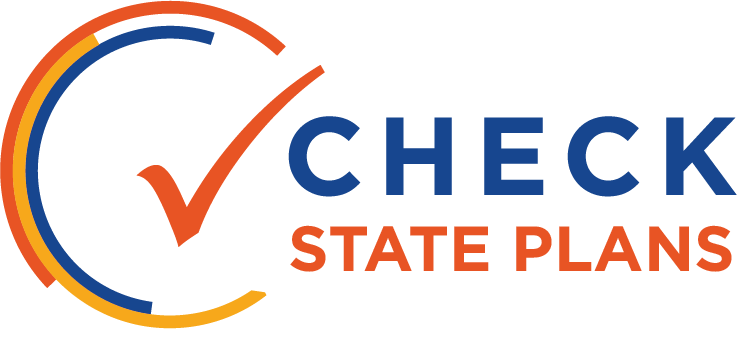
INDICATORS

Missouri will assess a limited number of indicators.
They include: academic achievement on ELA and math assessments, a value-added measure of growth, English language proficiency, graduation rates, and student attendance. While this short list elevates the impact of its achievement and growth measures in the accountability system, it also means Missouri did not take advantage of ESSA’s flexibility to include measures that could build a richer picture of school performance and progress. For example, the state includes college- and career-readiness measures in its state accountability system, but those measures will not be included in its federal accountability system.
Additionally, although Missouri plans to test students in science and social studies, it does not mention incorporating these results into its federal accountability system. The lack of alignment between state and federal accountability requirements may create confusion.
The state’s indicator for progress toward English language proficiency is a composite measure.
It combines participation rates on the WIDA ACCESS, the percentage of students attaining English proficiency, and growth toward English proficiency. This combination is overly complex and partially redundant. The state should consider focusing this indicator more narrowly on whether English learners are making progress towards English language proficiency versus providing credit for assessment participation.
The state will consider only the four-year graduation rate for accountability, which may discourage schools from continuing to work with students to earn their high school diplomas after four years.
Missouri will employ a statistical methodology to convert its indicators to a “normal curve equivalent” unit, which will be weighted and combined into a single accountability score.
This statistical technique allows indicators to be combined easily into a summative rating in a valid and reliable way. However, it will effectively convert every indicator into a relative measure of performance, assigning value based on how schools perform compared to one another and not to any objective standard.
The measure of academic progress involves a Value-Added Model that has potential.
The state deserves credit for including technical details on the model in an appendix. However, not enough detail is provided about how this indicator will be measured year-over-year and used in the state’s accountability system. In particular, it is not clear how the state’s growth model aligns with its long-term goals, given that it is a relative measure. This lack of clarity makes it more difficult for educators and administrators to understand and use the model. The state should provide more detail about how this measure will be used to make meaningful differentiation among schools.
 OVERVIEW
OVERVIEW




